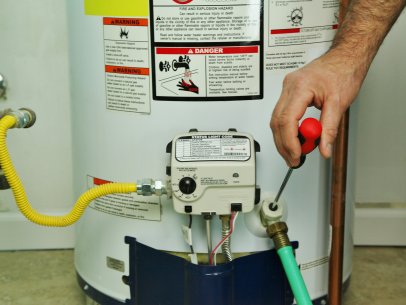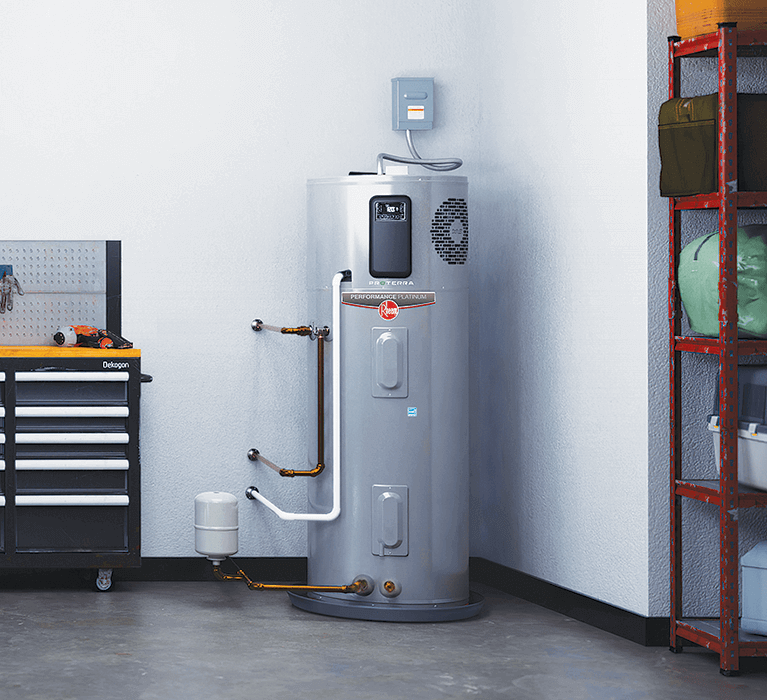Best Practices for Maintaining Your Home's Hot Water SystemSteps to Prolong the Lifespan of Your Home's Hot Water System Through Maintenance
Best Practices for Maintaining Your Home's Hot Water SystemSteps to Prolong the Lifespan of Your Home's Hot Water System Through Maintenance
Blog Article
We have uncovered this great article involving Water Heater Maintenance Tips You Can't Afford to Forget listed below on the web and accepted it made perfect sense to quickly share it with you in this article.

Warm water is necessary for day-to-day convenience, whether it's for a rejuvenating shower or washing meals. To guarantee your warm water system runs efficiently and lasts much longer, routine maintenance is key. This short article offers practical pointers and understandings on exactly how to maintain your home's warm water system to prevent disruptions and expensive repairs.
Intro
Maintaining your home's warm water system could seem challenging, however with a few straightforward actions, you can ensure it runs smoothly for years to find. This overview covers everything from recognizing your hot water system to do it yourself upkeep tips and understanding when to call in expert assistance.
Value of Keeping Your Hot Water System
Routine upkeep not only prolongs the lifespan of your warm water system yet also guarantees it runs efficiently. Ignoring upkeep can bring about decreased efficiency, greater power bills, and even early failing of the system.
Indicators Your Warm Water System Requirements Upkeep
Knowing when your hot water system requires interest can protect against significant concerns. Look out for signs such as inconsistent water temperature level, odd sounds from the heater, or rusty water.
Flushing the Hot Water Heater
Purging your hot water heater gets rid of sediment buildup, enhancing efficiency and prolonging its life.
Monitoring and Replacing Anode Rods
Anode rods avoid deterioration inside the container. Evaluating and changing them when worn out is crucial.
Complex Problems Requiring Professional Aid
Examples include major leakages, electric issues, or if your water heater is continually underperforming.
Regular Specialist Maintenance Advantages
Specialist upkeep can include comprehensive inspections, tune-ups, and making sure compliance with safety and security requirements.
Examining and Readjusting Temperature Setups
Changing the temperature setups makes sure optimum performance and safety and security.
DIY Tips for Maintenance
You can carry out several upkeep tasks on your own to maintain your warm water system in top condition.
Checking for Leakages
Frequently evaluate pipes and links for leakages, as these can lead to water damages and greater expenses.
Understanding Your Hot Water System
Prior to diving into upkeep jobs, it's valuable to understand the standard components of your warm water system. Generally, this consists of the water heater itself, pipelines, anode rods, and temperature level controls.
Monthly Maintenance Tasks
Normal monthly checks can aid catch small issues prior to they rise.
Checking Pressure Alleviation Valves
Testing the stress relief valve guarantees it works appropriately and prevents extreme stress buildup.
Shielding Pipes
Protecting warm water pipelines decreases warm loss and can save energy.
When to Call an Expert
While DIY upkeep is advantageous, some problems need specialist experience.
Verdict
Normal upkeep of your home's hot water system is vital for performance, longevity, and cost financial savings. By adhering to these tips and understanding when to look for specialist aid, you can ensure a trusted supply of warm water without unanticipated disturbances.
Water Heater Maintenance: The Basics
Maintaining your water heater will ensure it operates efficiently and has a longer lifespan. Neglecting regular maintenance can lead to costly repairs and an even bigger chunk of your savings if you have to replace it sooner than necessary. But there’s good news: Most water heater maintenance tasks are relatively simple and easy for homeowners with basic DIY skills.
Flush the Water Heater
Over time, sediment and minerals can build up in the tank, reducing its efficiency and potentially causing damage. To flush the tank, turn off the power or gas supply, attach a hose to the drain valve near the bottom and open the valve to drain the water until it runs clear. Ideally, flush the tank annually.
Replace the Anode Rod
The anode rod is a sacrificial metal rod that helps prevent corrosion inside the tank. Inspect and replace it every three to five years or per the manufacturer's recommendation. To replace the anode rod, turn off the power or gas supply, drain a few gallons of water from the tank, unscrew the old rod and replace it with a new one. If the anode rod is significantly corroded or covered in calcium buildup, it's a sign the water heater may need to be replaced soon.
Tune-Up
A yearly tune-up can help identify potential issues and ensure your water heater operates at peak efficiency. This typically involves checking the thermostat, burner assembly (for gas heaters) and any other components specified by the manufacturer. During a tune-up, the technician may also clean the burner and adjust the pilot light (for gas heaters) or examine the heating elements (for electric heaters).
How to Maintain Your Water Heater
Insulate the tank. Insulating the tank can improve energy efficiency and reduce heat loss, saving you money on energy bills. You can purchase precut insulation blankets designed specifically for water heaters or use standard fiberglass insulation wrapped securely around the tank. Check the temperature. The recommended water temperature for most households is around 120 degrees Fahrenheit (49 degrees Celsius). Higher temperatures can increase energy costs and potentially cause scalding. Use a kitchen thermometer to check the temperature at the faucet nearest the water heater. Monitor water pressure. Excessive water pressure can strain the water heater and cause leaks or even tank failure. Install a pressure-reducing valve if necessary. The ideal water pressure range is between 60 and 70 PSI (pounds per square inch). Test the temperature and pressure (T&P) relief valve. The T&P relief valve is a safety feature that releases pressure if the tank gets too hot or the pressure builds up too high. Test it annually by lifting the lever and allowing a small amount of water to release. Replace the valve if it doesn't release water or reseal properly. Check for leaks. Regularly inspect the tank, pipes and fittings for leaks or corrosion. Deal with issues promptly to prevent further damage. Even a small leak can lead to significant water damage over time. Consider a tankless water heater. If your traditional tank-style water heater is nearing the end of its lifespan ( typically 10 years), consider replacing it with a tankless water heater. These units heat water on demand, reducing standby energy losses and potentially saving you money on your energy bills. Schedule professional maintenance. While homeowners can perform many water heater maintenance tasks, it's still a good idea to schedule professional maintenance every few years. A plumber or HVAC technician can thoroughly inspect the unit, identify potential issues and ensure it operates safely and efficiently. https://www.homeserve.com/en-us/blog/home-improvement/hot-water-heater-maintanence/

As a keen person who reads about Tips on Maintaining a Water Heater, I was thinking sharing that excerpt was essential. Enjoyed reading our posting? Please share it. Help another person check it out. Many thanks for being here. Revisit us soon.
Schedule A Service Call Report this page